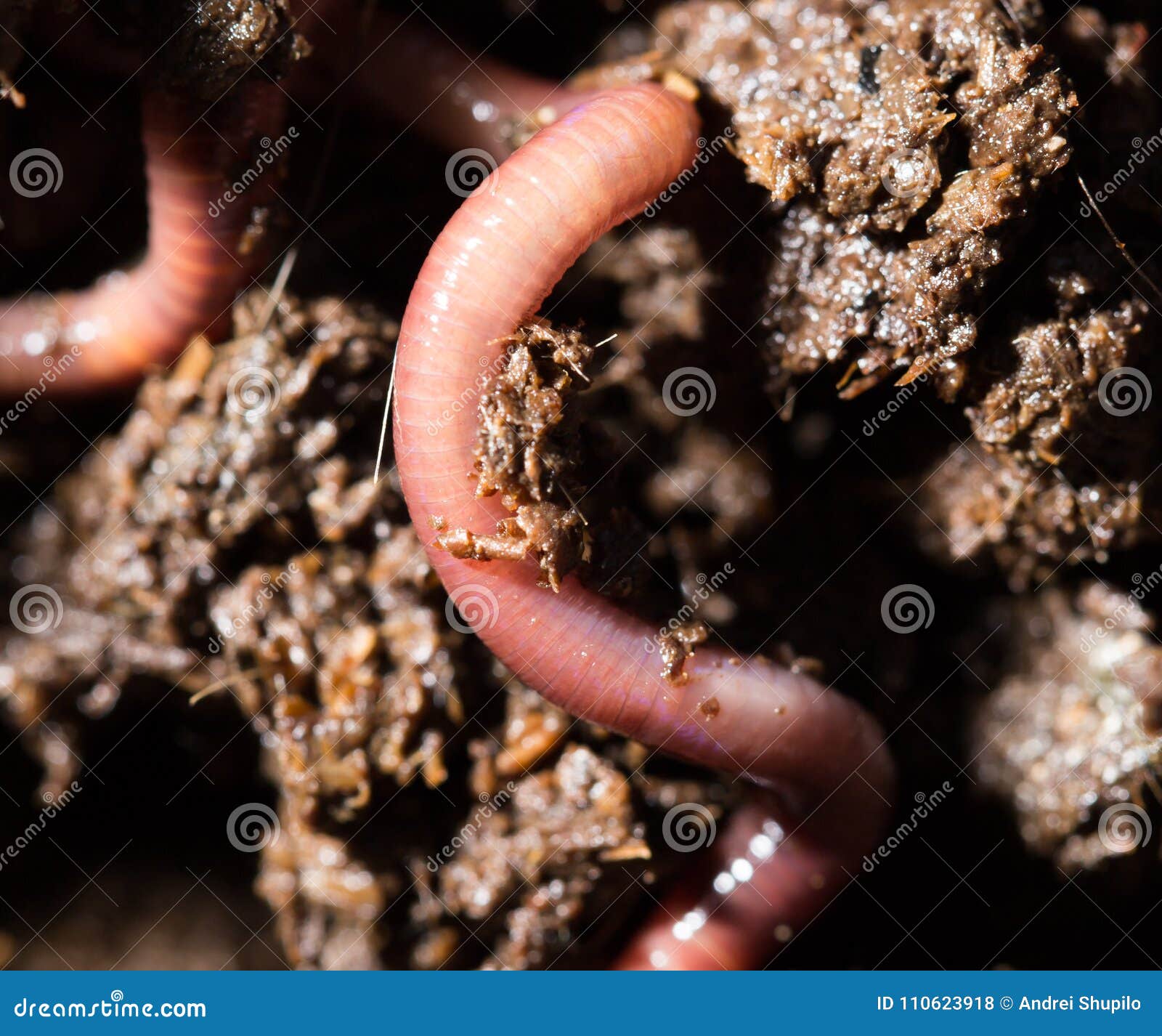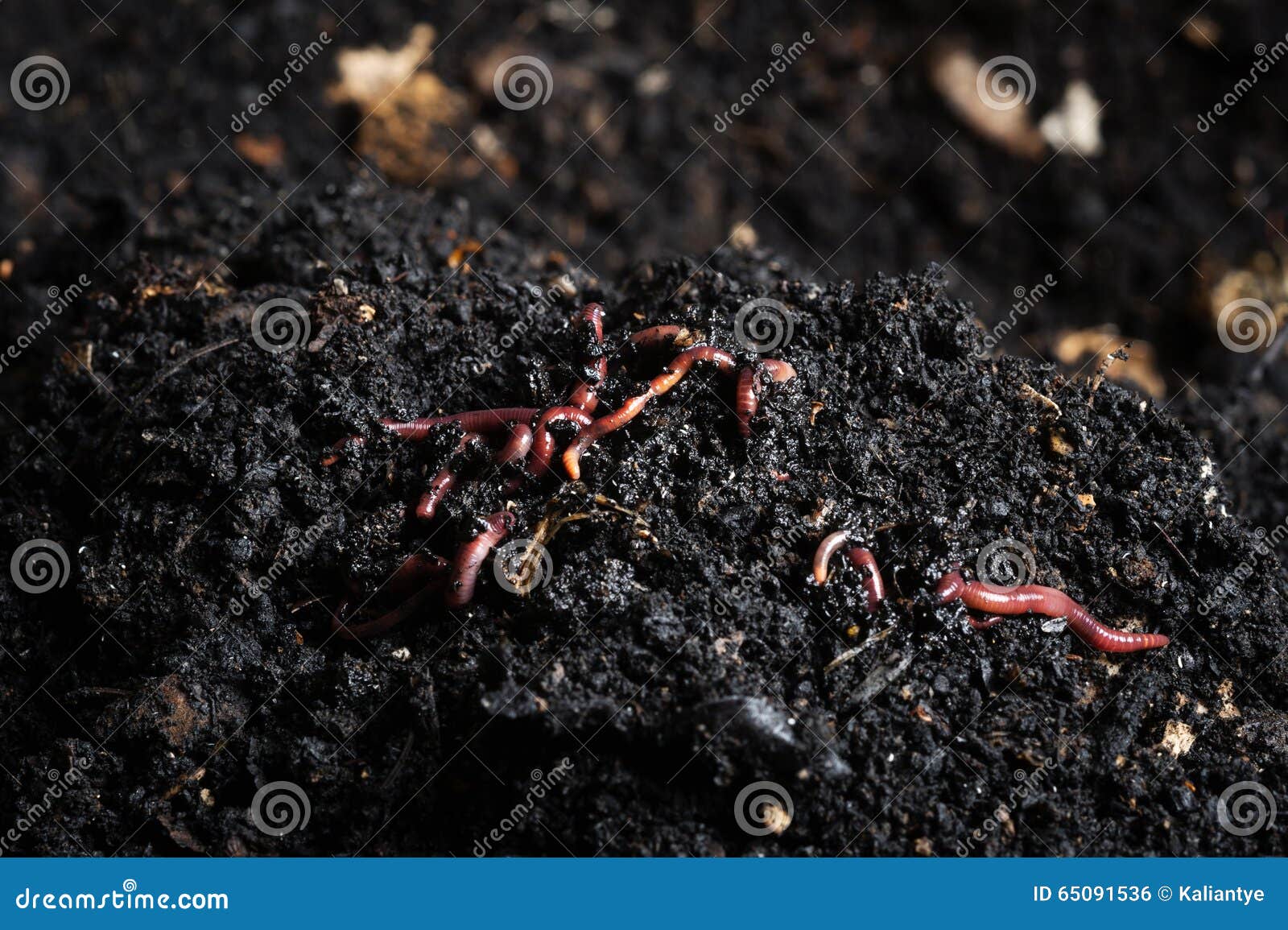
Be careful not to breathe in the dust if you shred it. Some examples of good materials to use might be:Ĭorrugated cardboard is an excellent material for bedding. Never use a recycled container that might have been used for chemicals! Treated wood could be harmful, also.

A smaller sized box, 1’ by 2’ by 2’, can handle kitchen waste for 2 people. A box measuring 1’ by 2’ by 3’ can handle 6 pounds of kitchen waste, which is the average for families from 4 to 6 people. Size depends on the average pounds of kitchen waste per week. Materials may pack down if spread too deep. Redworms tend to feed in the top layers of bedding. The box or container should be shallow, not more than 1 1/2’ deep. The wrong kind of lime will kill the worms!) Owner NeedsĪesthetic preferences: Kitchen? Garage? Basement? Or Bedroom? What Kind & Size Container? (Warning! Use only limestone and never hydrated lime. Pulverized edd shells also correct acidity. Lime (calcium carbonate) may be mixed with the bedding material to correct acidity or to maintain a more favorable pH. Redworms do best if the pH is around 7.0, however, they can tolerate levels from 4.2 to 8.0 or higher. Air circulation is a must in and around a worm box. Redworms should be protected from freezing temperatures. The temperature should be measured inside the box, because the temperature in the moist bedding is usually lower than the outside air. is harmful, sometimes fatal, to redworm populations. Bedding with a temperature above 84 degrees F. Redworms tolerate a wide range of temperatures, however, the ideal temperature is between 55 – 77 degrees F. Redworms need controlled temperature, controlled moisture content, controlled aeration and proper pH.


However, people living in condominiums, apartments and other residences don’t have a suitable place to start a compost pile. Many homeowners have some kind of home composting system in operation.

Electrical Entrepreneurs – Skill Level 1.


 0 kommentar(er)
0 kommentar(er)
